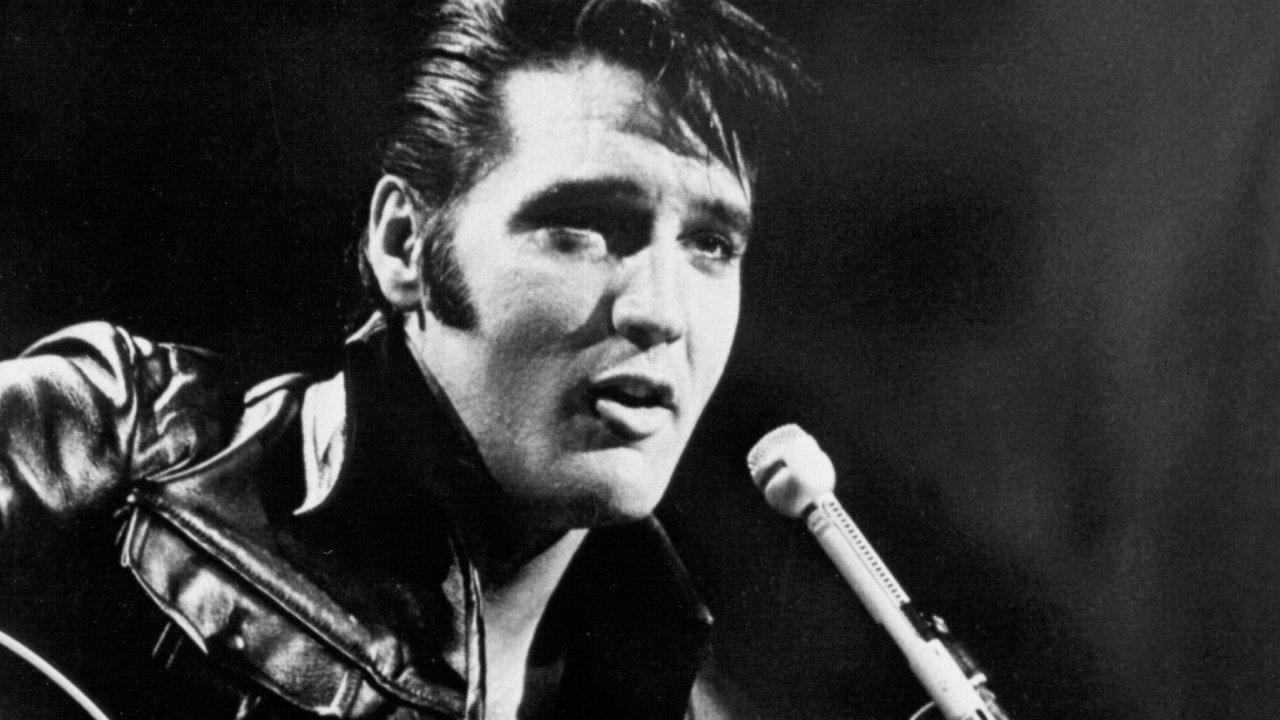
Classic Albums: Elvis Presley (2002)
The story behind Elvis's first album features performances from 1955 and '56, interviews with the King and rare home movies of him at play and work.

The story behind Elvis's first album features performances from 1955 and '56, interviews with the King and rare home movies of him at play and work.
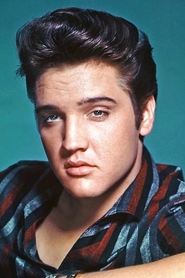 Elvis PresleySelf (archive footage)
Elvis PresleySelf (archive footage) Keith RichardsSelf
Keith RichardsSelf Sam PhillipsSelf - producer and founder, Sun Records
Sam PhillipsSelf - producer and founder, Sun Records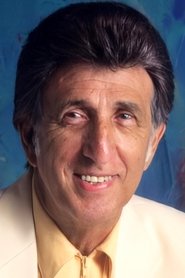 D.J. FontanaSelf - drummer
D.J. FontanaSelf - drummerThe pop group Abba is one of Swedens biggest export success stories ever. But how did it all begin? And how was their unique style created, which made such an impact in it's time?

A television newswoman picks up the story of a 1960s rock band whose long-lost leader — Eddie Wilson — may still be alive, while searching for the missing tapes of the band's never-released album.
For decades, Barbara Dane lent her stellar singing voice to social-justice movements in the Bay Area and beyond, garnering an impressive FBI file along the way. Deeply respected by fellow luminaries in folk, blues and jazz, Dane built a far-reaching legacy with music, activism, and love. As Maureen Gosling’s celebratory portrait reveals, early solidarity with those suffering racial and economic injustice sparked Dane’s passion to use her talent to sustain marginalized people. Rather than chase stardom, she followed her own maternal instincts to root herself and her family among generations of activist performers. Bonnie Raitt, Jane Fonda and other notables attest to Dane’s unique way of shaping and being shaped by tumultuous social revolutions from the 1950s on. Nearing 90, Dane triumphantly tours with piano virtuoso Tammy Hall to celebrate a life of staying awake and connected, true to her ideals. One star among many illuminates so much.

Molly and Terry Donahue, plus their three children, are The Five Donahues. Youngest son Tim meets hat-check girl Vicky and the family act begins to fall apart.
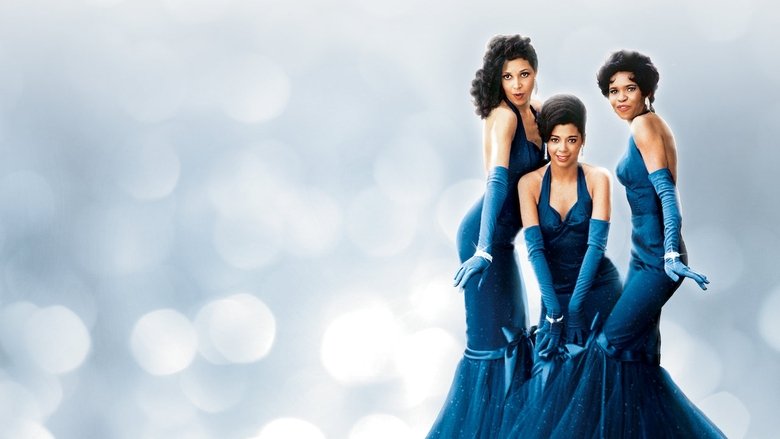
Three sisters start out singing in their church choir in Harlem in the late 1950s and become a successful girl group in the 1960s.
Built out of “a pile of radio junk,” Bethesda, Maryland’s WHFS was a music fan’s dream of a radio station: the place on the dial to hear music listeners loved and new tunes they soon would, all with an anything-goes mentality and an ear for the sounds of social change. This doc pays loving tribute to free-form radio and WHFS’s influence over FM stations across the US from the 1960s to the 1980s. All good things come to an end, and so did the disc-jockey-driven format that WHFS pioneered and made successful, but its legacy lives on. The station’s DJs relate its history with passion in this film that captures the tenor of an era, abetted by reminiscences of performers including Emmylou Harris, Taj Mahal, Jesse Colin Young, and others whose music found its way to ears and minds eager for something more than the same old Top 40 programming.

A documentary on the electric guitar from the point of view of three significant rock musicians: the Edge, Jimmy Page and Jack White.
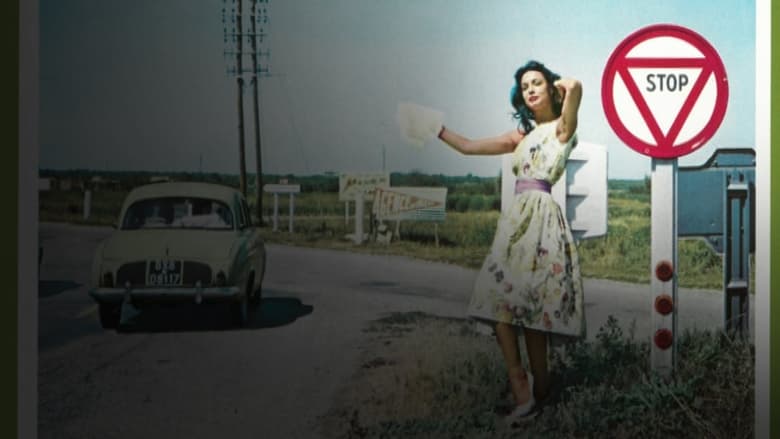

A Reno singer witnesses a mob murder and the cops stash her in a nunnery to protect her from the mob's hitmen. The mother superior does not trust her, and takes steps to limit her influence on the other nuns. Eventually the singer rescues the failing choir and begins helping with community projects, which gets her an interview on TV—and identification by the mob.

After a singer loses his job at a coffee shop, he finds employment at a struggling carnival, but his attempted romance with a teenager leads to friction with her father.

Shut Up and Sing is a documentary about the country band from Texas called the Dixie Chicks and how one tiny comment against President Bush dropped their number one hit off the charts and caused fans to hate them, destroy their CD’s, and protest at their concerts. A film about freedom of speech gone out of control and the three girls lives that were forever changed by a small anti-Bush comment

The adventures of two amiably aimless metal-head friends, Wayne and Garth. From Wayne's basement, the pair broadcast a talk-show called "Wayne's World" on local public access television. The show comes to the attention of a sleazy network executive who wants to produce a big-budget version of "Wayne's World"—and he also wants Wayne's girlfriend, a rock singer named Cassandra. Wayne and Garth have to battle the executive not only to save their show, but also Cassandra.

From Le Petit Rapporteur to Sous vos applaudissements, from La Lorgnette to L'Ecole des fans, everyone remembers the mythical programs of Jacques Martin, the Sunday afternoon emperor. Through rare archives and the testimonies of his close friends and collaborators, this documentary reveals the hidden sides of this sacred television monster who would have liked to be an artist.
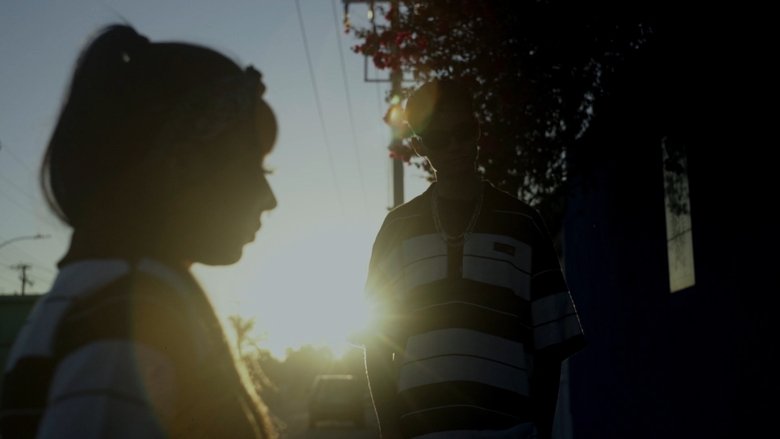
In the heart of Durango, the Low Biker community has forged a unique bond through a shared love for cumbias and custom bicycles, uniting neighborhoods across the city in a vibrant, collective passion. Amid the joy of their culture, they face the harsh realities of discrimination and prejudice, navigating daily challenges from a society that struggles to accept their way of life.
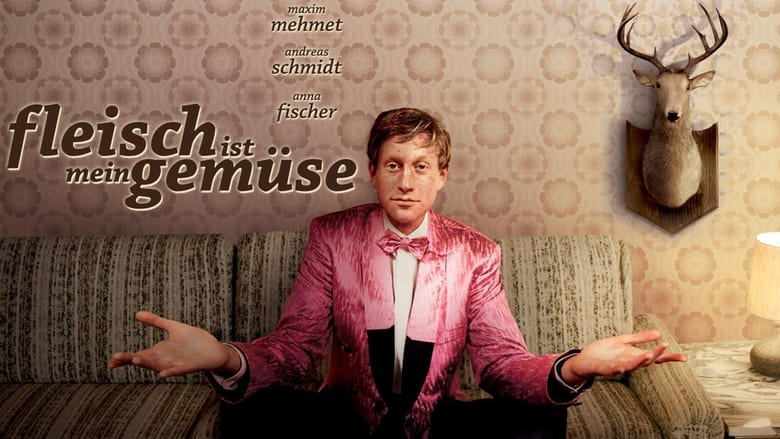
Heinz Strunk, plagued by crater-like skin rashes, lives with his sick mother in Hamburg-Harburg in the 1980s. As a saxophonist, he tours the North German lowlands with the dance combo "Tiffanys". In this bizarre universe of Korn, Klaus & Klaus and Koteletts, bandleader Gurki teaches him how to deliver cheerful, upbeat music. To escape the vicious circle of shooting festivals and village weddings, Heinz wants to start a solo career and become a hit producer...
Paul Robeson was a celebrated African-American Actor, Athlete, Singer, Writer, and Civil Rights Activist. Robeson's many achievements are chronicled in this program, ranging from playing with the NFL to graduating from Columbia Law School, performing on Broadway and in Hollywood films to founding the American Crusade against Lynching as well as Council on African Affairs. Robeson was one of the most talented performers of his time and a dedicated humanitarian who ultimately sacrificed fame and fortune for what he believed in. His association with Leftist Politics during the era of the Cold War, and frequent denouncing of American political parties led to his eventual blacklisting with other prominent writers and artists during the McCarthy Era. His talents in all areas are remarkable, and his dedication to attaining a peaceful coexistence between all the people of the world is truly admirable.
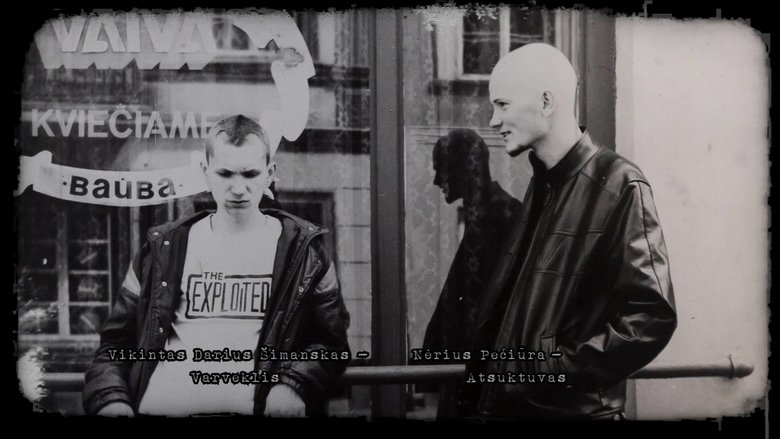
"Lithuania is a Force" is a long-term documentary about the life and historical events of informal youth in Lithuania in 1984–1992: dissident rallies, persecution of the KGB, punk rock, protest concerts. Rock musicians testify to this. The documentary includes songs by the groups „Genocidas Raudonajam Interventui“, „WC“, „Už Tėvynę“, „Hidroelektra“, „Foje“.

An intimate look at the Woodstock Music & Art Festival held in Bethel, NY in 1969, from preparation through cleanup, with historic access to insiders, blistering concert footage, and portraits of the concertgoers; negative and positive aspects are shown, from drug use by performers to naked fans sliding in the mud, from the collapse of the fences by the unexpected hordes to the surreal arrival of National Guard helicopters with food and medical assistance for the impromptu city of 500,000.
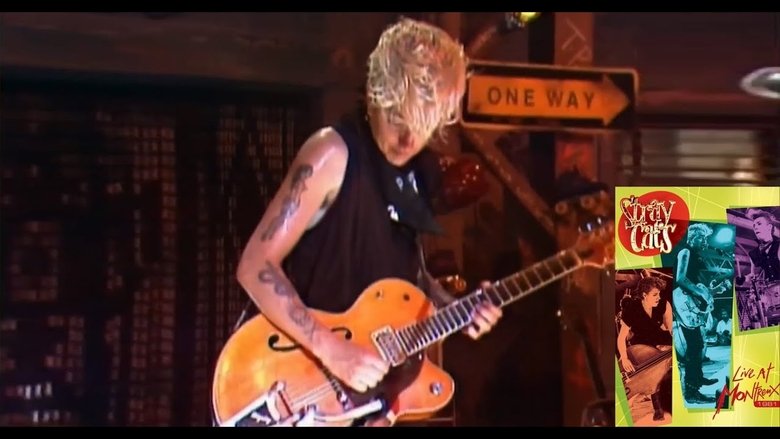
When the Stray Cats rolled into Montreux in July of 1981 they were one of the hottest properties around. They had 3 hit singles and a UK top 10 album already under their belts along with a string of headlining concerts, all of which had come since their relocation from New York to London in 1980. The band's combination of original songs and rockabilly classics with a punk attitude and style had caught the moment to perfection. Added to this were their considerable musical accomplishments and knack for songwriting. All in all it was a heady concoction and the crowd in Montreux reacted with near hysterical excitement, something rarely seen in what is usually a polite and reserved audience. This is the Stray Cats at their peak.
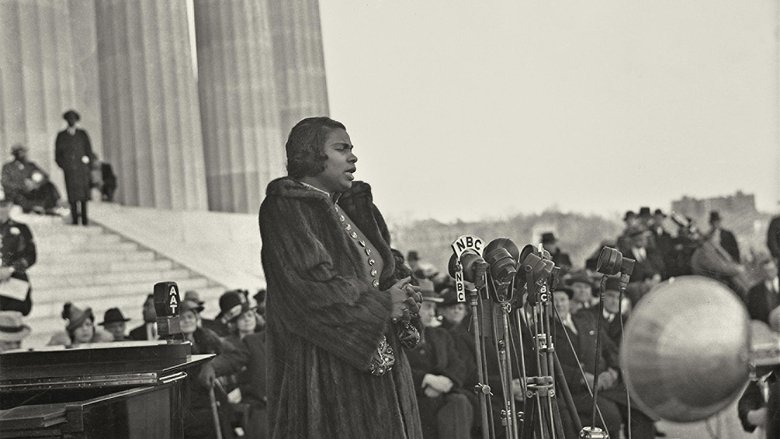
On Easter Sunday, 1939, contralto Marian Anderson stepped up to a microphone in front of the Lincoln Memorial. Inscribed on the walls of the monument behind her were the words “all men are created equal.” Barred from performing in Constitution Hall because of her race, Anderson would sing for the American people in the open air. Hailed as a voice that “comes around once in a hundred years” by maestros in Europe and widely celebrated by both white and black audiences at home, her fame hadn’t been enough to spare her from the indignities and outright violence of racism and segregation.